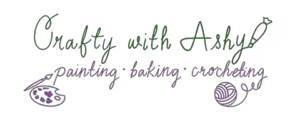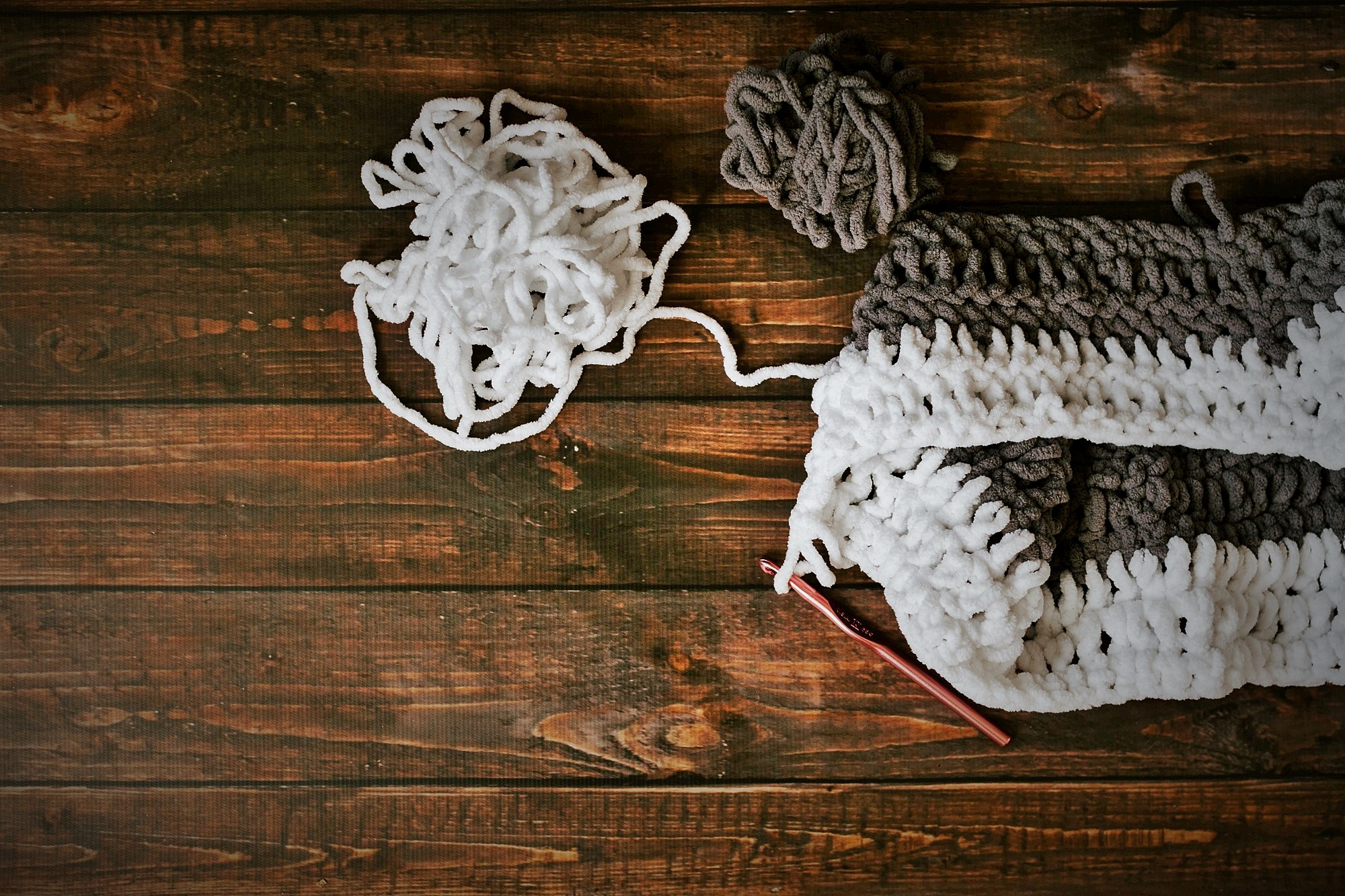When starting a new hobby, one common question is how easy it will be to learn and grow the skills. For crochet, many people ask that question. In this post, I will dive into the answer for you.
So, is crocheting easy? Crocheting is an easy craft to learn. All of the techniques, even the more advanced stitches, are variations of the basics. Once you master the basics, you will be able to create a wide variety of projects. The basics are not hard to master with just a little bit of time and practice.
Crochet is easy! Don’t be intimidated by that complicated-looking pattern or stitch. In this post, I will explain the basic skills you need to master to be off and running with your crocheting hobby! I will also discuss which techniques are the most challenging to learn (in comparison, because none of it is really hard.)
The Basic Skills You Need to Learn For Crocheting
Here is a list of the basic things you need to master.
- Become familiar with crochet abbreviations/terms/materials
- Holding your hook correctly
- Holding your yarn correctly
- Making a Slip Knot
- Making a Chain
- Making a single, half double, double, and treble crochet
- Identifying where to insert your hook into the chain or stitch
- Working in rows or in the round (think blanket versus beanie)
- Joining yarn (to change colors or because your yarn ran out)
- Finishing your work
Now, PLEASE don’t be overwhelmed by this list if you are a beginner. I promise that even though the list is somewhat long, it is NOT HARD!
How to Learn the Basic Techniques
There are many options for how to learn the basics of crochet.
The first option, and how I learned, is from someone you know who already knows how to crochet. For me, this was my mom. She taught me to crochet when I was about 8 years old (see about me if you want to know more). It is helpful to have someone next to you to watch what you are doing and tell you how to fix it.
Another option is in-person classes. This can be challenging to find. They used to be offered at craft stores, but most have shifted to online versions only. In some metro areas, there are people or groups that offer private lessons, but it is location-dependent.
Alternatively, you can sign up for an online crochet course. These will provide detailed, step-by-step, organized videos for you to follow. They will lay out the videos logically for you and guide you through the learning process. Some even offer an actual person you can communicate with when you have questions (not in person, of course!)
A final option is what MOST people who don’t know someone who crochets do: learn via YouTube videos! Now, this may be a little bit harder than doing an introduction crochet course because you don’t know what you don’t know, right? So what do you search for, and in what order? That is the main benefit to a paid-for class for ANYTHING! But there are thousands of great crochet tutorial videos out there, including for beginners! Really, you can dive right in!
Which of the Basic Crochet Skills is the Hardest?
This does vary from person to person, but the general consensus comes down to this list.
- Learning how to hold the yarn properly
- This is one of the MOST IMPORTANT parts of crocheting. If you want to end up with a neat-looking project that maintains consistency throughout the stitches, you have to hold the yarn “right”.
- Holding the yarn “right” does not mean there is only 1 way to hold the yarn. What it means is that you have to hold the yarn in a way that you can maintain the same tension consistently.
- If you vary the tension, you will end up with some stitches that are tight and some that are loose, which will make the stitches different sizes. It will look sloppy on a stitch level and can change the size on a project level (the top could be way wider than the bottom, for example).
- Consistent tension comes from holding the yarn correctly, BUT you have to practice the skill. You will likely NOT maintain consistent tension on your first project, which is okay! Keep practicing!
- Learning where to insert your hook to place the stitches
- A stitch has multiple “holes” in it. There is a right and a wrong place to insert your hook to make the next stitch.
- By placing your stitch in the correct place, you will prevent adding or missing stitches, maintain a consistent look, and prevent wavy edges (that come from either adding or missing stitches or from putting the first or last stitch in the wrong place).
- There is the standard way to make each stitch, which is what you would use unless your pattern specified otherwise; and there are alternate places to place the stitch, which brings up to the next point!
- The, at times, confusing terminology
- All the stitches have names, and all the parts of each stitch have a name (e.g., front or back loop, post). Some of these are confusing at first, but once you learn, it is pretty simple. Here is a picture of the anatomy of a crochet stitch posted by another crochet blogger.
- There is a difference between UK and US terminology! (e.g., a single crochet (sc) in the US is called a double crochet (dc) in the UK! What!? I don’t know why, just like English versus Metric measuring systems, I guess. There are many charts online that describe this difference! Here is one from The Spruce Crafts.
- Sometimes, different patterns call the same stitch different things. One common example of this is bobbles. There are a lot of ways to make a bobble stitch. The good thing is that the pattern should explain how any special stitch is made for that specific pattern.
- Shorthand/abbreviations-reading a pattern
- Patterns are full of shorthand! You will want to learn the basics. Here is a great resource from the Craft Yarn Counsel with a master list of abbreviations! Don’t memorize it all! But it is nice to save as a quick reference.
- Many patterns will also tell you at the beginning what abbreviation they will use.
- Fluidity
- This is the main thing that cannot really be taught. It comes with practice. How to keep your hook moving to make your crocheting technique fluid.
- It combines the skills of holding your yarn right, holding your hook right, knowing where to place your stitch and identifying it quickly, and figuring out the hand motions that work for you to wrap the yarn around the hook and pull it through the loops on the hook.
- Just stick with practicing, and you WILL get it! Likely pretty quickly, too!
A Few Additional Tips About Making Crochet Easier to Learn
I’ll leave you with just two additional tips about making crochet easier to learn.
Number 1: The first row (the one you are working into your row of chains) is the hardest! Keep going with turning your work and try some additional rows to improve your fluidity and work on maintaining consistent tension. Even for experienced crocheters, the first row can be a little “clunky” to make, but it gets easier and faster from there.
Number 2: Please start with a basic stitch! All the other fancy stitches build off of the basic ones! Once you master the basic stitches, you can make almost any other stitch!
So, that is it! Crocheting is easy! If you have any other questions, drop me a comment, and I will answer the best I can!
Now it is time for YOU to get Crafty with Ashy! Show me your first project in the comments!
Be sure to subscribe and follow me so you don’t miss any inspiration!

